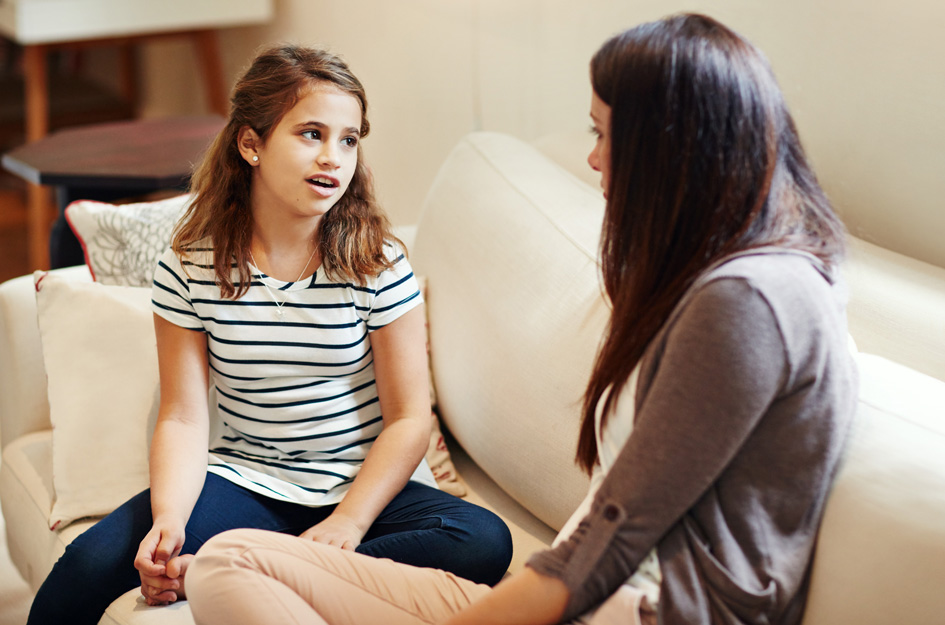

5 Tips to Help Kids and Teens Cope with the Stress of COVID-19
Kids thrive on emotional connections and predictable routines, so while some kids may be enjoying the time away from school, many may be confused and struggling to understand what has happened to the world as they know it. Remember, in times of uncertainty, it is very important to reassure the young people in your life and thoughtfully talk to them about what is going on.
Here are some tips to help kids manage the anxiety & stress around Coronavirus:
Remember, coping with stress will make you, the young people you care about, and your community stronger.
Here is some additional guidance from the Centers for Disease Control to help you and your family manage stress & anxiety.
We use cookies to enhance your experience. Learn More.
Boys & Girls Clubs of America uses cookies to give you the best experience on our website. Read about cookies in our privacy policy. By closing this message, you consent to our use of cookies on this device in accordance with our policy unless you have disabled them.